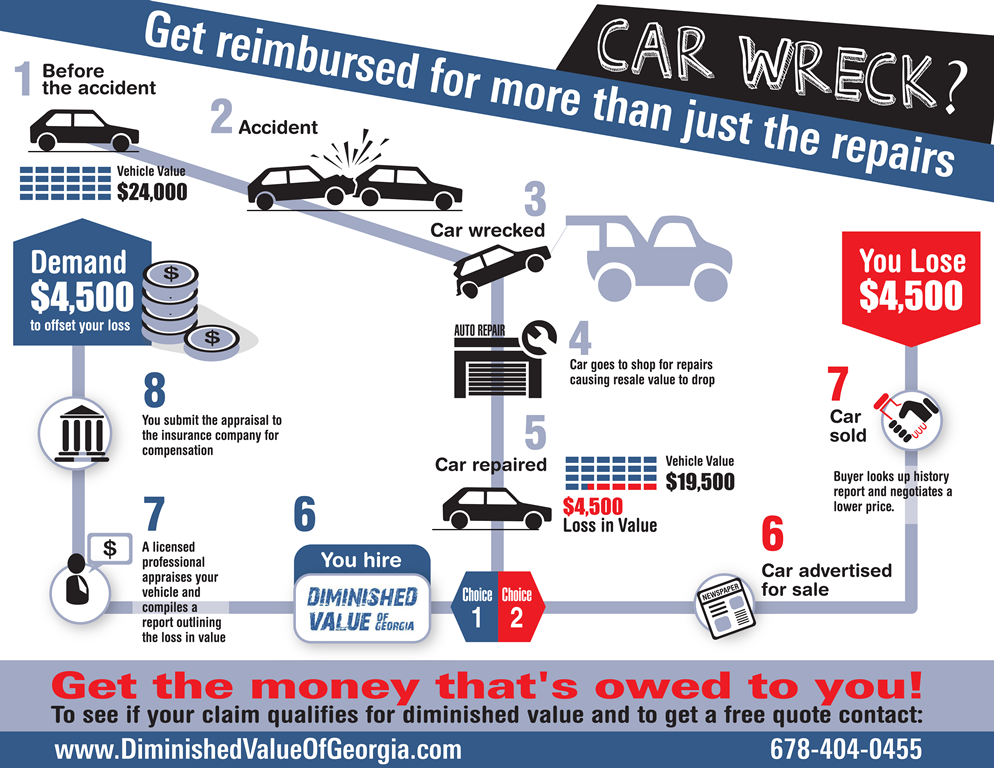Recognizing Your Car'S Warning Lights: What Do They Truly Mean?
Recognizing Your Car'S Warning Lights: What Do They Truly Mean?
Blog Article
Article Written By-Lim Corbett
When you're behind the wheel, those radiant caution lights on your control panel can be a little bit difficult. Do you know what they're trying to tell you regarding your car's health? Recognizing the value of these lights is important for your safety and the longevity of your lorry. So, the next time among those lights pops up, wouldn't you wish to analyze its message properly and take the essential actions to resolve it?
Common Caution Lighting and Interpretations
Identify common warning lights in your auto and comprehend their meanings to ensure risk-free driving.
The most typical caution lights include the check engine light, which signals issues with the engine or emissions system. If this light comes on, it's crucial to have your car inspected promptly.
The oil stress warning light indicates reduced oil pressure, needing prompt focus to prevent engine damage.
A flashing battery light might recommend a defective charging system, potentially leaving you stranded if not attended to.
The tire pressure surveillance system (TPMS) light notifies you to low tire stress, influencing automobile security and gas efficiency. Overlooking this can cause hazardous driving conditions.
see here now shows an issue with the anti-lock braking system, compromising your capacity to stop promptly in emergency situations.
Last but not least, the coolant temperature warning light warns of engine overheating, which can result in severe damages otherwise resolved quickly.
Understanding these usual caution lights will aid you attend to concerns promptly and keep safe driving problems.
Value of Prompt Interest
Recognizing the typical caution lights in your automobile is just the very first step; the value of promptly attending to these warnings can not be emphasized enough to guarantee your safety and security on the road.
When https://brooksieauo.blog-a-story.com/11565149/translating-your-auto-s-alert-lighting-their-true-implications brightens on your dashboard, it's your automobile's means of interacting a possible issue that requires focus. Overlooking these warnings can result in more serious problems later on, compromising your safety and potentially costing you much more in repairs.
Trigger focus to cautioning lights can avoid failures and accidents. As an example, a flashing check engine light could suggest a misfire that, if left ignored, can trigger damage to the catalytic converter. Resolving auto car detailing near me can conserve you from an expensive repair.
Likewise, a brake system warning light might signify reduced brake liquid or used brake pads, critical parts for your safety and security when driving.
Do It Yourself Troubleshooting Tips
If you notice a warning light on your control panel, there are a couple of do it yourself fixing pointers you can try before seeking expert assistance.
The very first step is to consult your automobile's handbook to comprehend what the details warning light suggests. In some cases the concern can be as simple as a loose gas cap triggering the check engine light. Tightening the gas cap might solve the problem.
Another typical issue is a reduced battery, which can set off numerous advising lights. Examining the battery connections for rust and guaranteeing they're safe and secure might fix the problem.
If a warning light lingers, you can try resetting it by disconnecting the vehicle's battery for a couple of mins and afterwards reconnecting it. Additionally, inspecting your lorry's liquid degrees, such as oil, coolant, and brake liquid, can help repair alerting lights connected to these systems.
Final thought
To conclude, understanding your cars and truck's caution lights is necessary for keeping your car running efficiently and safely. By quickly resolving these signals and recognizing what they indicate, you can prevent pricey fixings and prospective failures.
Keep in mind to consult your vehicle's handbook for particular information on each alerting light and do something about it accordingly to make sure a trouble-free driving experience.
Remain informed, stay safe when traveling!
